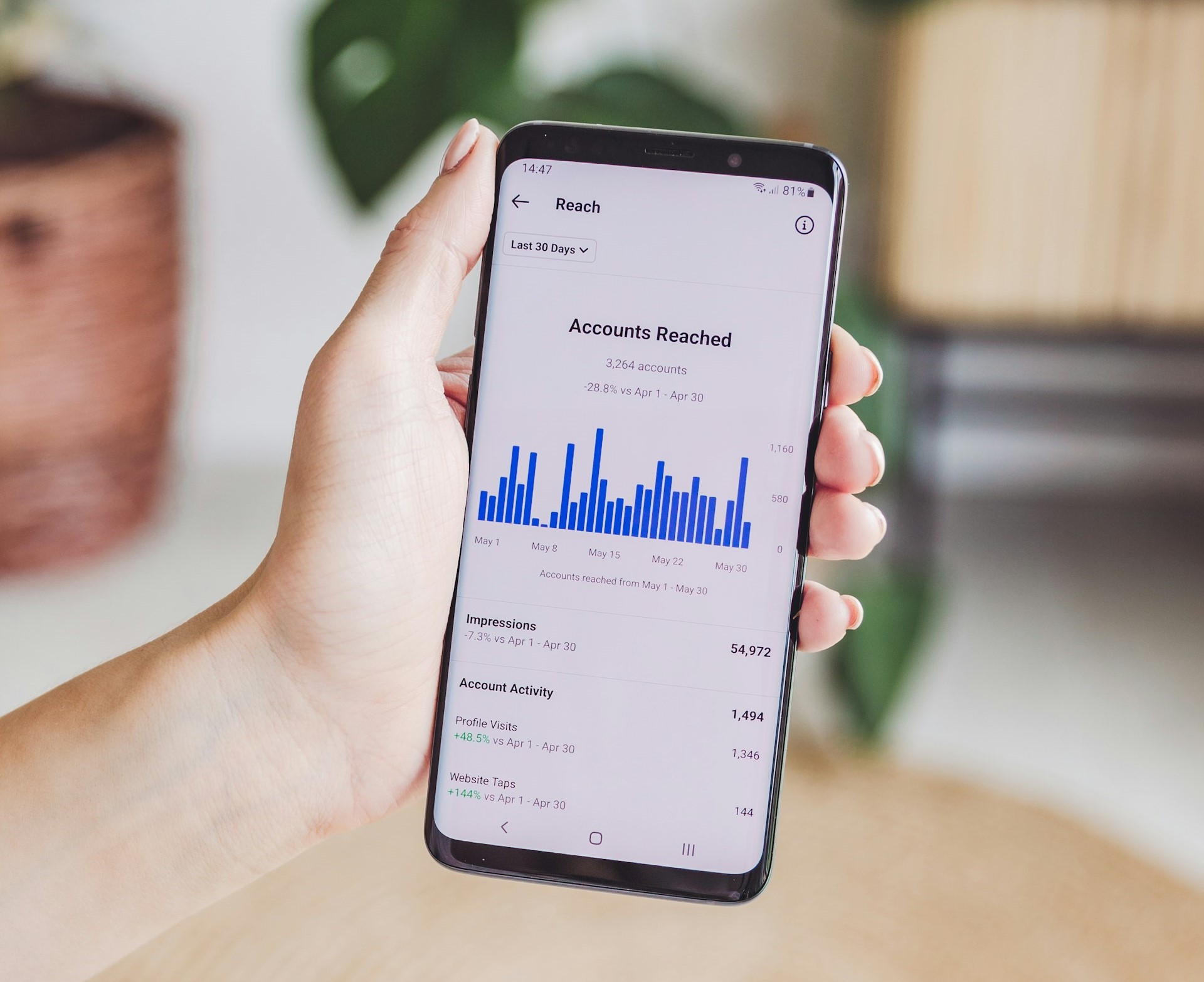
How to Master Behavior Flow Analysis in Google Analytics
Understanding how visitors navigate and engage with your website is key to optimizing user experiences. This is where Google Analytics Behavior Flow analysis reports come into play. These visualizations provide an intuitive way to analyze customer journeys and identify areas for improvement.
What is Behavior Flow?
The Behavior Flow report, found under Behavior in the left navigation, graphically represents the paths users take through your website. You can visualize each step of the navigation flow and see where users came from, what pages they viewed, and where they dropped off.
The default view shows flows started from source pages like your homepage or top entry pages. However, you can also configure behavior flows based on specific events like video plays or application uses.
1. Analyzing Landing Pages
A great place to start is looking at the starting nodes which show your top landing pages. Are visitors from paid campaigns entering through your intended landing pages? Is a certain blog post driving lots of traffic only for users to quickly exit?
You can hover over or select the nodes to see additional details like volume, dropped/exited users, and conversion rates. This highlights which entry points are most effective at pulling users into your conversion funnel.
2. Visualizing Navigation Paths
As you follow the flow visualization, you can identify common pathways users take as well as pages with high fallout or exit rates. Do users frequently drop off on certain pages before getting to conversion points? Are there specific navigation paths that seem to lead toward conversion events more often?
You can use this flow data to recognize and optimize underperforming pages that cause visitor dropoff. Or conversely, replicate and promote the content and funnels that drive higher engagement.
3. Segment Analysis
While the overall website flow paints one picture, you can gain deeper insights by applying segmentation. Create segments for different traffic sources, visitor demographics, marketing campaigns, and more. This allows you to compare flow patterns across segments.
For example, you may find mobile visitors exhibit very different behaviors than desktop users. Or maybe users from social referrals navigate your site differently than organic search visitors. With segment comparison, you can then tailor optimizations to those distinct audiences.
4. Conversion Funnel Flows
For websites with defined conversion goals like purchases or leads, the Behavior Flow can also map goal conversion visualizations. You can identify drop points in your conversion funnel and see where users exit before completing key actions.
To analyze full funnel flows, be sure you have your conversion goals properly configured within the admin settings. Then view the Behavior Flow specifically for those goal conversions.
To Sum Up…
Behavior Flow is an immensely powerful yet under-utilized feature in Google Analytics. It provides a comprehensive look at the full customer journey, highlighting areas of strength and friction within your user experiences. So start leveraging its capabilities to understand your visitor flows and drive continuous experience optimization!


